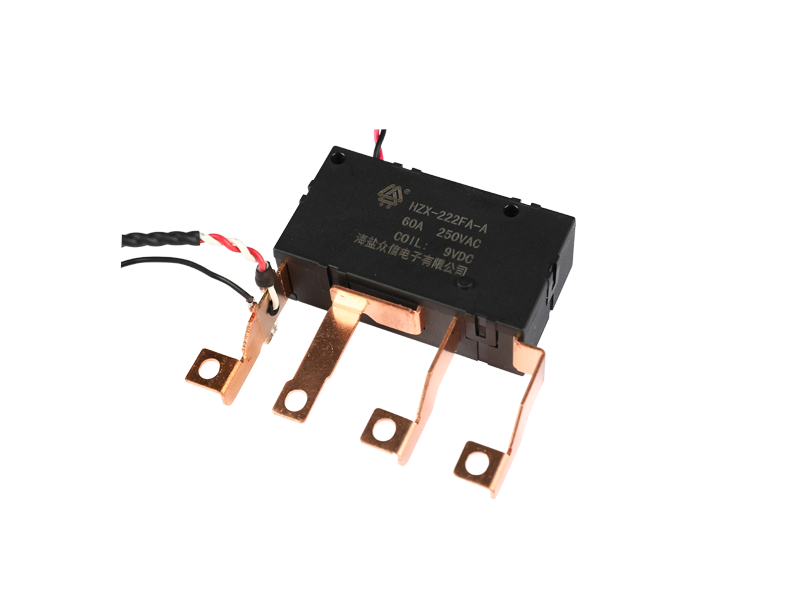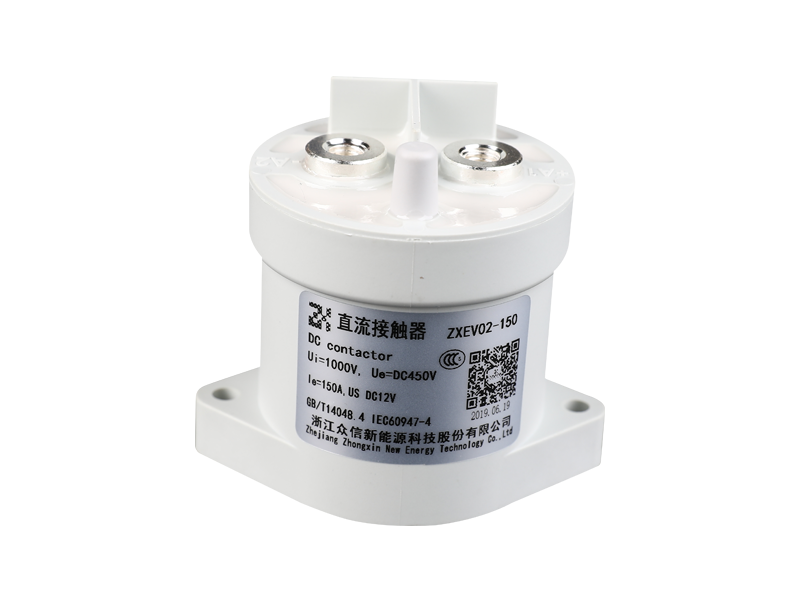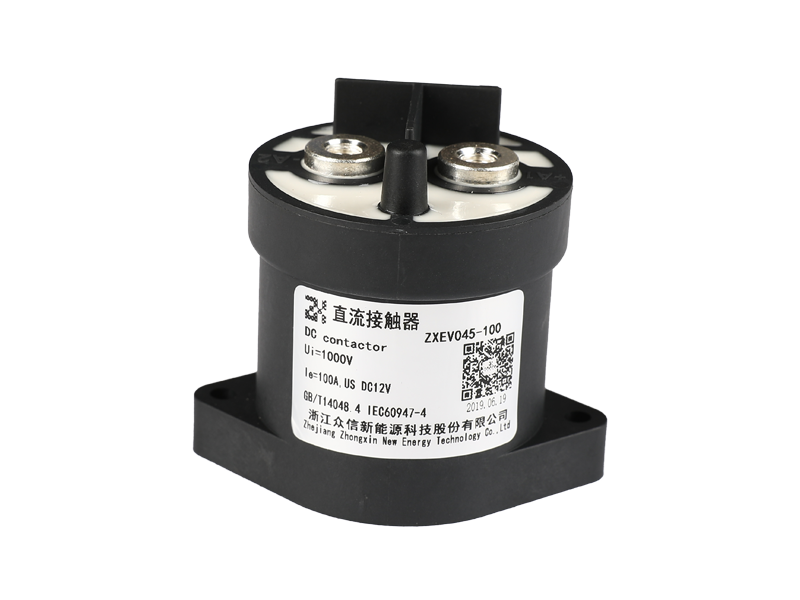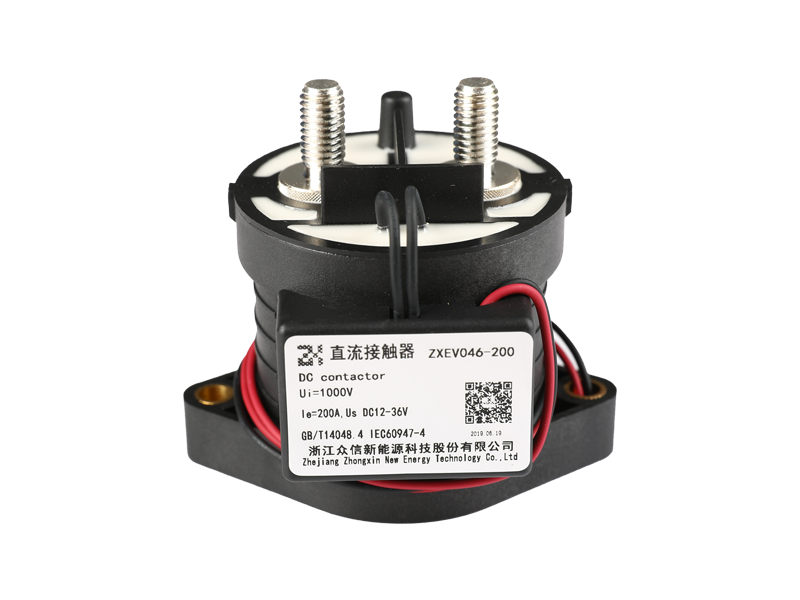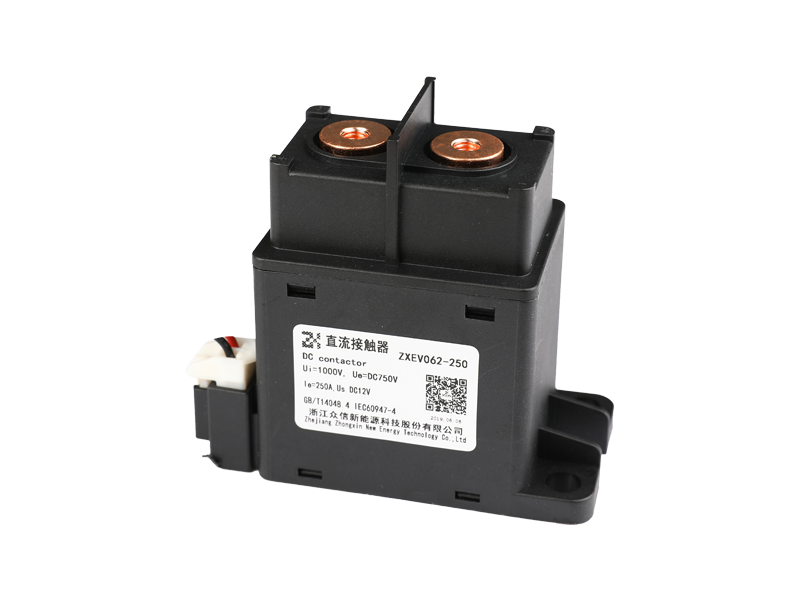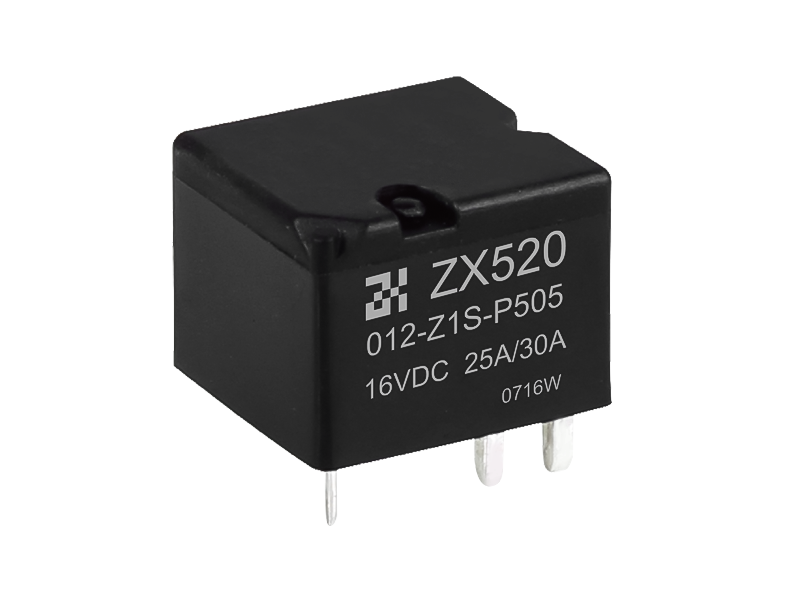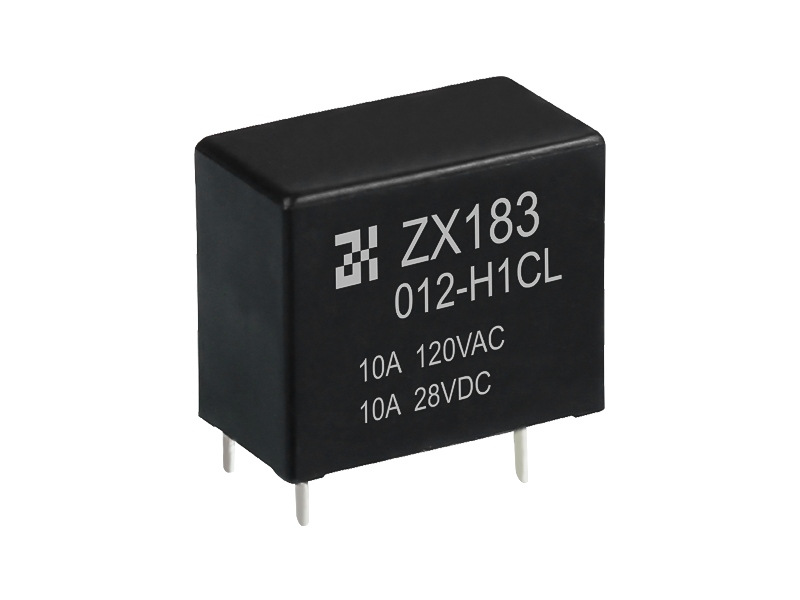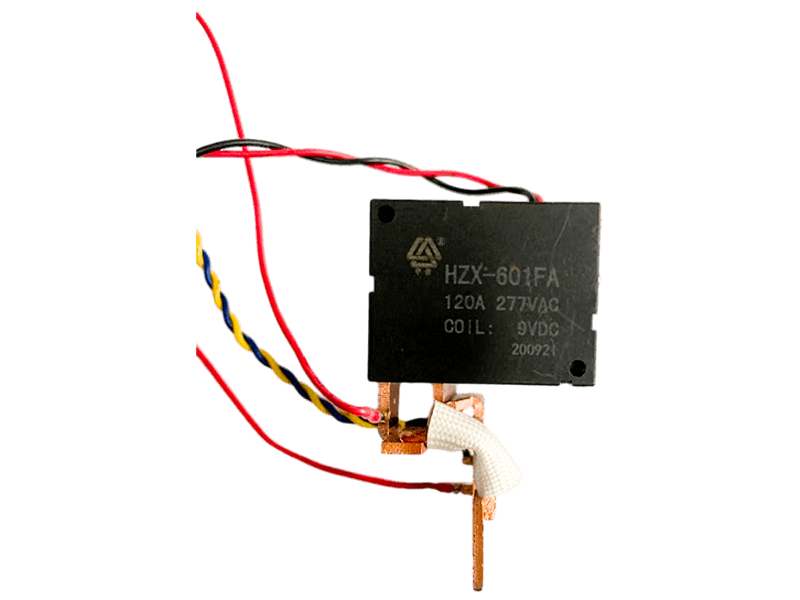multipoint control,
Pulse relays are used to control resistive load circuits
(such as incandescent lamps, low pressure halogen lamps, convection heaters)
and inductive load circuits
(such as fluorescent tubes, discharge lamps)
The control coil is triggered by the pulse signal to drive the main contact to move.
Different accessories can be assembled to achieve multiple functions:
button control,
Centralized control plus indication Multi-level centralized control
, step control.
Magnetic latching relay is a kind of pulse relay.
The normally closed or normally open state of the magnetic latching relay is completely dependent on the effect of the permanent magnet, and the switching state of the relay is triggered by a pulse electric signal of a certain width. Latching relays are permanently closed as long as there is a positive voltage (pulse) and do not require a protection voltage. In order to release, a reverse (pulse) voltage must be added. There is also a double-coil product, one coil is dedicated to add forward voltage pull-in, and the other coil is dedicated to release reverse voltage.
The principle of the magnetic latching relay: the magnetic latching relay pulls in after the excitation coil is energized (DC), and after the excitation coil is powered off, it still maintains the suction state under the action of residual magnetism. If a suitable reverse current is added to the excitation coil to eliminate the effect of residual magnetism, the relay can be released. In practical applications, it is inconvenient to have only one coil, so the latching relay usually has two coils, one for pulling in and the other for releasing. Please refer to the product manual of the latching relay for the specific working voltage.
What is the difference between a bistable relay and a latching relay?
The relay is developed on the basis of JQX-, so the size and wiring method of the relay, and the size of the circuit board are the same, and the contact current is also double group 5A/, single group / and /.
There are two types of magnetic latching relays, one is a single coil, which is switched and held by passing positive and negative DC voltages to the coil.
One is double-coil, and one coil is passed a positive DC voltage to make it act and maintain, and the other coil is passed a reverse DC voltage to release and maintain it.
Simply tell the salesperson: double-coil magnetic latching relay.

